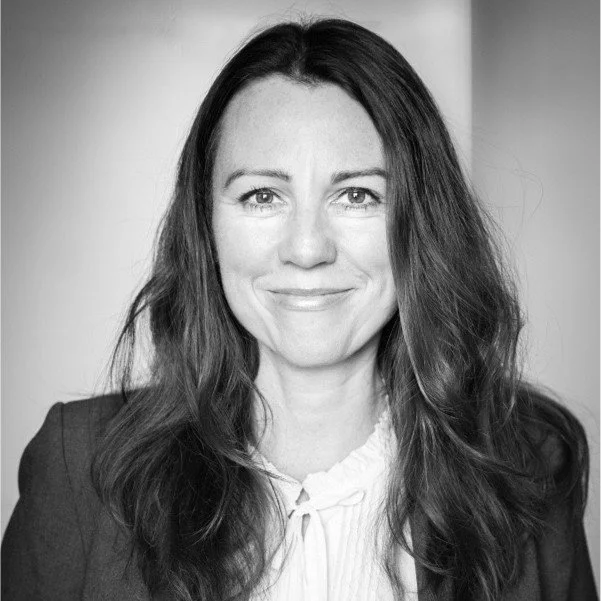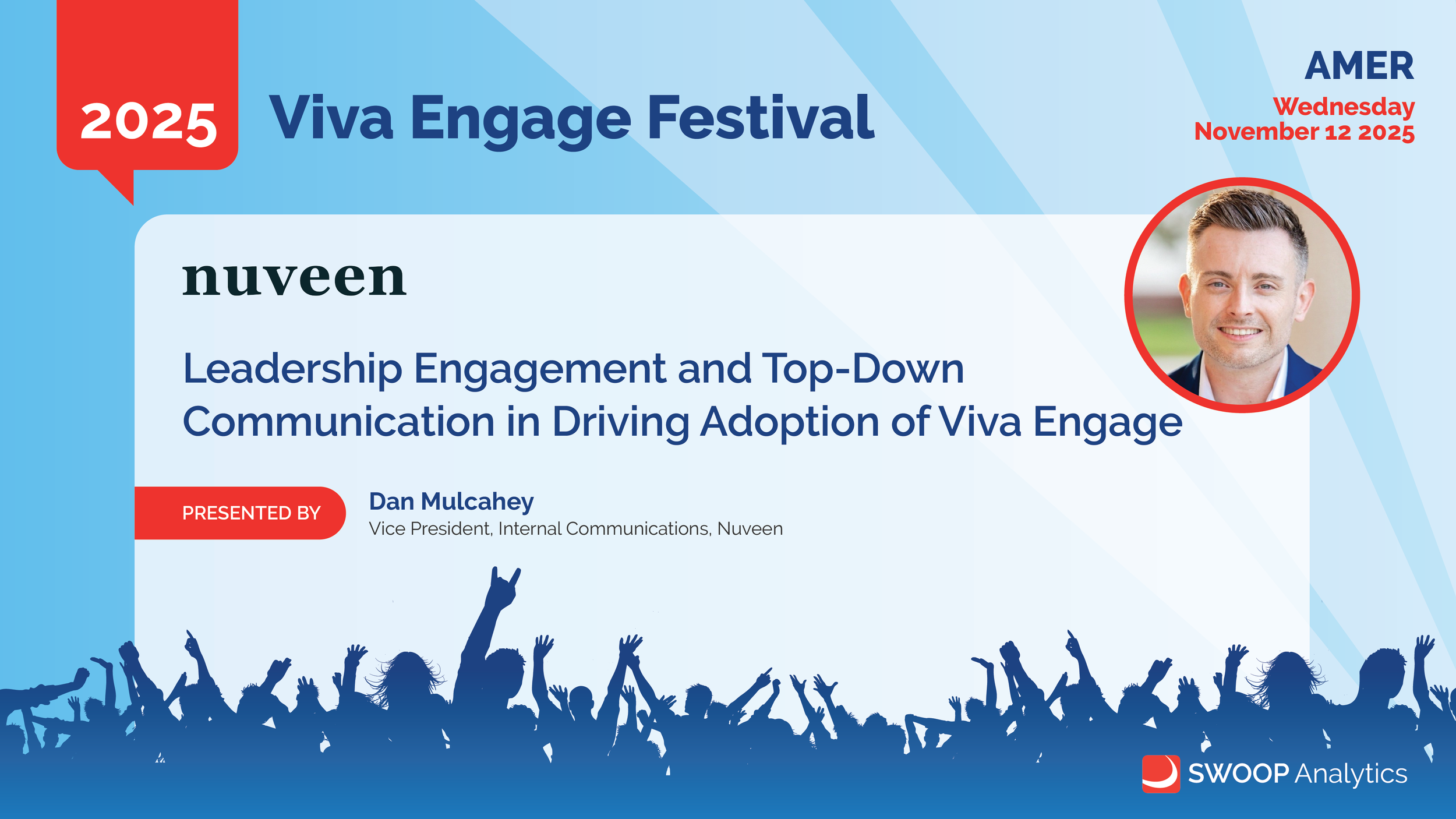From chaos to clarity: How Capgemini is transforming Viva Engage into a strategic communications powerhouse
What this session was about
Capgemini is a 420,000-employee organisation. Their All-Company community used to be an unmanaged “wall of noise”. Jeanette’s team rebuilt it into a highly governed, strategic, leader-led communications channel that now outperforms their global email reach.
-
Key Messages
Governance is everything. Capgemini shifted from an open posting free-for-all to a tightly governed, comms-owned strategic channel.
Purpose was crystal clear: this community is for enterprise updates, engagement and two-way conversation. Not random posts.
Leaders drive reach. Their top-performing posts come from the CEO and senior executives, especially when authentic (e.g., behind-the-scenes photos, WFH moments).
Consistency beats volume. They reduced the community from 35,000+ monthly posts to ~20 curated posts per month, and engagement skyrocketed.
Use Viva for campaigns, not just announcements. They run competitions, events, sponsorships and cultural moments that spark tagging, replies and organic visibility.
Delegation feature is key. Leaders who don’t have time can authorise staff to post on their behalf, no one sees the delegation.
What you can take from this
Define who posts and why, and stick to it.
Coach leaders (and support teams) to use Viva Engage well.
Prioritise authenticity over polish.
Use data to kill myths (e.g., “never post on a Friday”).
Keep the cadence predictable, quality over quantity.
Meet the speaker:
Jeanette Vikbacka-Castaing
Head of Group Internal Communications






